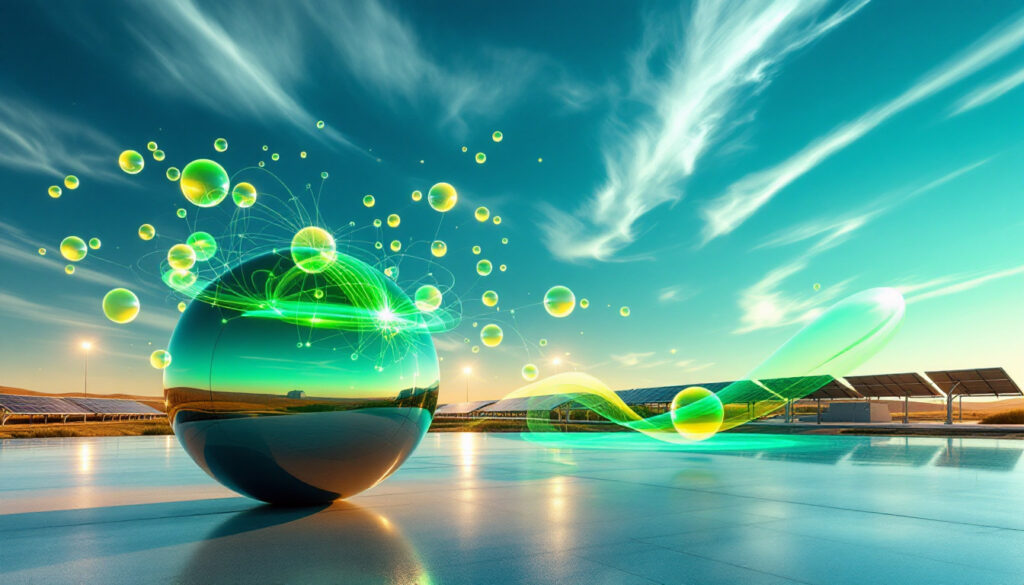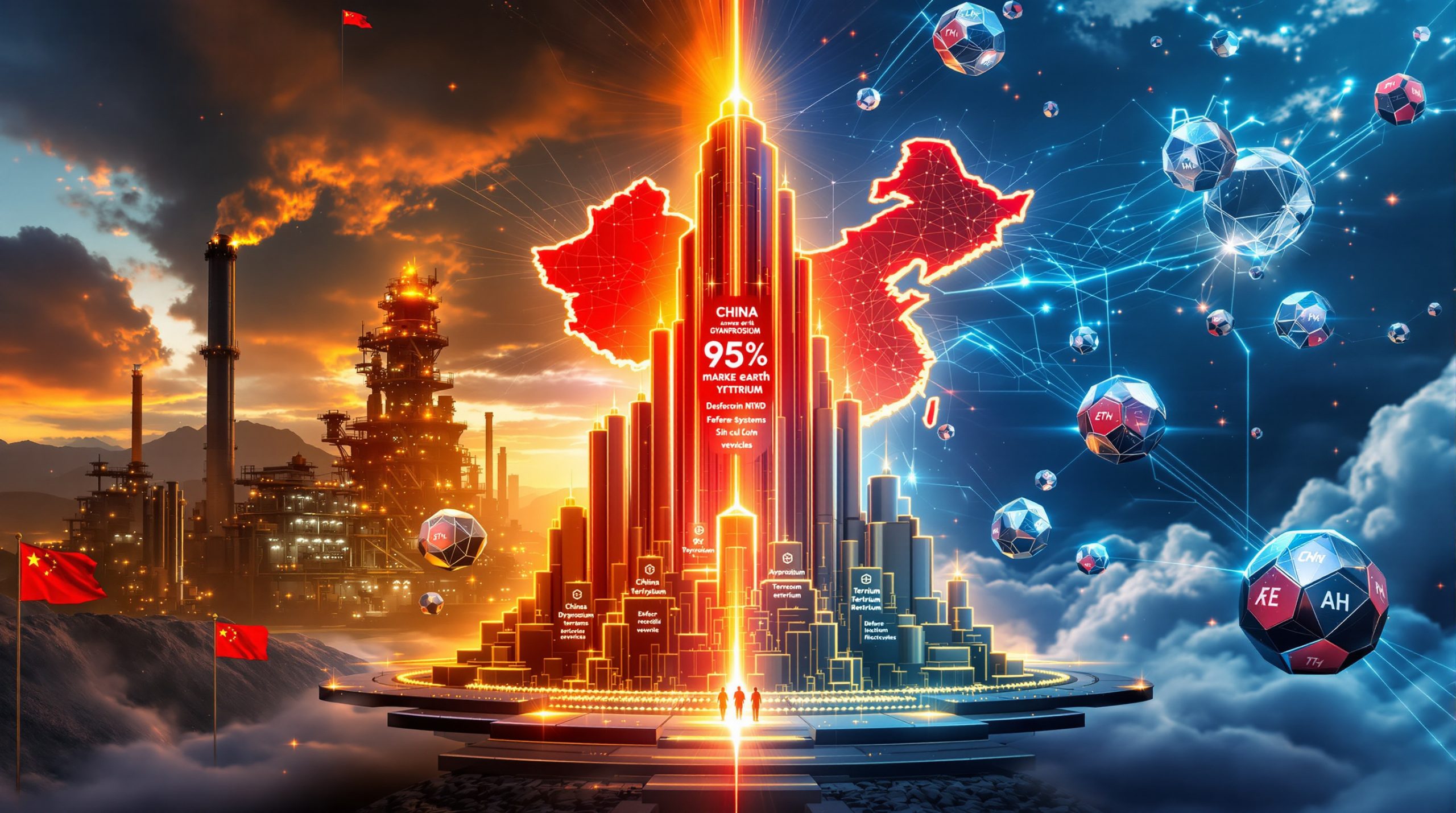What is the Green Iron Metal Project?
The Green Iron Metal Project represents a groundbreaking initiative in Western Australia's resource-rich Pilbara region, specifically located at Fortescue's Christmas Creek Green Energy Hub. This innovative facility aims to revolutionize steel production by creating a sustainable alternative to traditional carbon-intensive methods. With a projected annual output exceeding 1,500 tonnes of green iron metal and first production scheduled for 2025, the project marks a significant milestone in the global effort to decarbonize heavy industry.
Backed by a substantial capital investment of US$50 million, this pilot facility serves as a proving ground for technologies that could transform the steel sector—currently one of the world's largest sources of carbon emissions. The strategic location in the Pilbara leverages Australia's abundant iron ore resources while pioneering new processing methods that eliminate the need for coking coal.
According to industry analysts, while the initial 1,500-tonne production target may seem modest compared to conventional steel mills that produce millions of tonnes annually, the significance lies in the scalability of the technology. Fortescue has already outlined ambitious plans to scale production to supply over 100 million tonnes of green iron metal to China annually by 2030—a volume that would represent approximately 10% of China's current steel consumption.
"This pilot facility is just the beginning," notes Dr. Andrew Forrest, Executive Chairman of Fortescue. "We're developing technologies and processes that will help our planet step beyond fossil fuels while positioning Australia at the forefront of the green metal revolution."
How Does Green Iron Metal Production Work?
The technological process behind green iron production represents a fundamental departure from the carbon-intensive blast furnace method that has dominated steel production for centuries. Rather than using coal as both a fuel source and reducing agent, the Green Iron Metal Project employs green hydrogen in a specialized reduction furnace.
This hydrogen-based direct reduction process converts iron ore into a product called sponge iron (or direct reduced iron), which contains significantly fewer impurities than traditional pig iron. The sponge iron is then processed through an electric smelting furnace (ESF) powered by renewable energy, resulting in high-purity green iron metal with minimal to zero carbon emissions.
One of the most innovative aspects of the process is its flexibility to work with both magnetite and hematite ores, which constitute the majority of Australia's iron ore resources. This adaptability ensures maximum resource efficiency while accommodating variations in mineral composition.
The production system has been engineered for compatibility with existing steel mills worldwide, creating a versatile "drop-in" solution that can facilitate the industry's transition to sustainable practices without requiring complete infrastructure overhauls. Steel producers can blend the green iron with traditional inputs while gradually increasing the proportion of green materials as they decarbonize.
During operation, the process consumes approximately 60% less energy per tonne compared to conventional blast furnace routes, representing a step-change in energy efficiency alongside the emissions reduction benefits.
What Makes This Project Environmentally Sustainable?
The environmental credentials of the Green Iron Metal Project extend well beyond the elimination of coal in the iron reduction process. The facility incorporates multiple layers of sustainability throughout its operations, creating what Fortescue describes as a "green pit to product" approach.
Central to the project's environmental sustainability is Australia's largest gaseous and liquid hydrogen facility, situated adjacent to the iron processing plant. This hydrogen plant uses electrolysis powered by renewable energy to split water into hydrogen and oxygen, producing zero-emission "green hydrogen" that serves as the key reducing agent in iron production.
During daylight hours, more than 160,000 solar panels generate clean electricity that partially powers both the hydrogen facility and the electric smelting furnace. This solar array occupies approximately 65 hectares and generates enough electricity to offset thousands of tonnes of CO₂ emissions annually compared to grid power.
Water management represents another critical sustainability element, particularly given the arid conditions of the Pilbara region. The project incorporates advanced water recycling systems that capture, treat, and reuse process water, minimizing consumption of this precious resource while maintaining operational efficiency.
By 2030, Fortescue's ambitious plan aims to power the entire facility with 100% renewable energy as part of their comprehensive decarbonisation in mining strategy. This transition will create a truly emission-free production chain from mining through to metal shipment, setting new standards for industrial sustainability.
Dr. Andrew Forrest emphasized the project's environmental significance: "We're not just developing a new product; we're pioneering a completely new way of thinking about resource processing that protects our planet while creating economic opportunity."
Why Is Green Iron Metal Production Critical for Climate Goals?
The steel industry currently contributes approximately 7-9% of global greenhouse gas emissions—making it one of the largest industrial sources of carbon pollution worldwide. With global steel demand projected to increase by up to 30% by 2050, decarbonizing this sector has become essential to meeting international climate targets.
Traditional steelmaking relies heavily on coal-fired blast furnaces, with each tonne of steel typically generating around 1.85 tonnes of carbon dioxide. This carbon intensity has made steel production one of the most challenging sectors to decarbonize, particularly as developing economies continue to expand infrastructure and manufacturing capacity.
The Green Iron Metal Project directly addresses this challenge by providing a viable pathway to carbon-neutral steelmaking. By pioneering green iron metal production at scale, Fortescue aims to eventually supply over 100 million tonnes of green iron metal to China annually, potentially eliminating more than 200 million tonnes of carbon dioxide emissions per year—equivalent to approximately 4% of Australia's total emissions.
This transformation aligns with the goals of the Paris Climate Agreement and supports national carbon reduction commitments across multiple jurisdictions. The technology demonstrates that heavy industry can adapt to climate imperatives without sacrificing production capabilities or economic benefits.
According to metallurgical experts, the timing of this innovation is particularly significant as many existing blast furnaces globally are approaching the end of their operational lifespans. This creates a unique window of opportunity to transition to greener technologies rather than reinvesting in carbon-intensive infrastructure that would lock in emissions for decades.
What Are the Advantages of the "Green Pit to Product" Supply Chain?
The Christmas Creek location provides Fortescue with a unique opportunity to demonstrate a complete "green pit to product" supply chain that reimagines every stage of iron and steel production. This integrated approach offers multiple advantages over fragmented decarbonization efforts.
Beginning at the mining face, Fortescue is deploying green mining fleets that include electric haul trucks, drills, and support equipment powered by renewable energy and battery systems. This eliminates diesel consumption at the extraction phase—traditionally a significant source of Scope 1 emissions in resource production.
The processing circuit supports both magnetite and hematite ores through a unified system, maximizing the utilization of Australia's diverse iron ore resources. This flexibility ensures that the green ironmaking technologies can accept various ore grades without sacrificing efficiency or product quality.
Transportation between facilities utilizes electric vehicles and conveyors powered by the same renewable energy systems that support the main production units, creating a seamless energy loop that eliminates emissions across the entire value chain.
The integrated nature of the supply chain also delivers significant logistical advantages. By processing ore near extraction sites, the operation reduces the mass of material requiring long-distance transportation to markets, cutting both costs and emissions associated with global shipping.
"What we're building is more than a production facility—it's a blueprint for an entirely new green industry in Australia," explains a senior Fortescue metallurgist. "By controlling every step from extraction to processing, we can optimize the entire system for both environmental performance and economic efficiency."
How Does the Green Iron Metal Project Compare to Traditional Steel Production?
Traditional steel production and the Green Iron Metal Project represent fundamentally different approaches to metallurgy, with significant divergence across multiple operational dimensions:
| Aspect | Traditional Steel Production | Green Iron Metal Project |
|---|---|---|
| Energy Source | Coal and natural gas | Renewable energy (solar) and green hydrogen |
| Carbon Emissions | High (one of largest industrial sources) | Minimal, targeting zero by 2030 |
| Production Process | Blast furnace/basic oxygen furnace | Hydrogen reduction + electric smelting furnace |
| Raw Materials | Iron ore, coal, limestone | Iron ore, green hydrogen |
| Environmental Impact | Significant air pollution and CO2 emissions | Dramatically reduced environmental footprint |
| Future Compatibility | Requires major retrofitting for decarbonization | Designed for zero-emission operation |
| Water Consumption | 5-10 cubic meters per tonne | 2-3 cubic meters per tonne (recycled) |
| Land Footprint | Concentrated, industrial | Distributed, includes renewable generation |
| Capital Intensity | Lower upfront, higher carbon risk | Higher upfront, lower operating costs |
| Product Purity | Variable depending on process | Consistently high purity |
The Green Iron Metal Project delivers several technical advantages beyond environmental benefits. The hydrogen-based reduction process produces iron with fewer residual elements and impurities, potentially commanding premium prices in specialized applications where material purity is critical.
Temperature control in the electric smelting furnace enables precise metallurgical conditions that are difficult to maintain in traditional blast furnaces, resulting in more consistent product quality and reduced processing variations.
While current production costs for green iron metal exceed those of conventional methods, this gap is expected to narrow significantly as renewable energy costs continue to decline and carbon pricing mechanisms expand globally. Industry projections suggest cost parity could be achieved within the decade as economies of scale develop and technology matures.
What Are the Economic Implications of Green Iron Metal Production?
The Green Iron Metal Project represents far more than an environmental initiative—it's positioning Australia at the forefront of a rapidly emerging green metal economy valued at potentially hundreds of billions of dollars annually by 2050.
Australia currently exports approximately 880 million tonnes of iron ore annually, predominantly to Asian markets, generating significant national income. However, most of this export value is captured at the raw material stage rather than the higher-value processed metal stage. The green iron approach creates an opportunity to capture more value domestically while maintaining market share as global customers transition to low-carbon supply chains.
By developing technologies and processes for green metal production, Fortescue is creating new export opportunities in premium markets that increasingly demand low-carbon materials. The European Union's Carbon Border Adjustment Mechanism (CBAM) and similar policies emerging globally will create financial incentives for green steel inputs, potentially adding $100-300 per tonne in value compared to conventional products.
The project also generates significant employment opportunities, particularly in regional Australia. Beyond direct operational roles, the green iron economy creates positions in renewable energy infrastructure, hydrogen production, advanced manufacturing, and technology development.
For the broader Australian economy, the Green Iron Metal Project demonstrates a viable path for resource-based economies to navigate the energy transition while maintaining industrial competitiveness. This model could be applied to other mineral processing sectors, including aluminum, copper, and rare earth elements, creating a diversified green manufacturing base.
"What we're witnessing is the birth of an entirely new industry," notes an economic analyst specializing in resources. "Countries that master green metal production early will establish competitive advantages that could last decades as global manufacturing adapts to climate imperatives."
What Future Developments Are Expected in Green Metal Production?
As the Green Iron Metal Project moves toward first production in 2025, it will serve as a proving ground for technologies that can be scaled across the industry. The learnings from this pilot facility will inform Fortescue's ambitious expansion plans while contributing valuable insights to the global effort to decarbonize steel.
Fortescue's stated ambition to supply over 100 million tonnes of green iron metal annually to China indicates the potential for massive expansion of this technology. This volume would represent approximately 10% of China's total steel production, creating a significant market for green metal inputs in the world's largest steel-producing nation.
Technology refinements expected in coming years include enhanced hydrogen storage solutions to manage intermittent renewable energy supply, improved electrolyzer efficiency to reduce hydrogen production costs, and advanced automation systems to optimize process control. These innovations will progressively reduce production costs while increasing output quality and consistency.
Industry experts anticipate that the successful implementation of this pilot facility will likely accelerate investment in similar projects globally as steel producers seek to reduce their carbon footprint. Several major European steelmakers have already announced hydrogen-based reduction projects, creating a network of complementary initiatives that will help establish technical standards and best practices.
Policy developments will play a crucial role in accelerating adoption. Carbon pricing mechanisms, green steel procurement mandates for public infrastructure, and international certification standards for low-carbon materials are all expected to evolve rapidly, creating stronger market signals for producers and consumers.
By 2030, industry forecasts suggest green iron metal could command up to 15% of the global market for steel inputs, with continued growth as existing blast furnaces reach end-of-life and new investments favor low-carbon alternatives. For Australia, this represents an opportunity to develop an entirely new export industry leveraging existing mineral resources through innovative processing technologies.
FAQ About the Green Iron Metal Project
What is green iron metal?
Green iron metal is high-purity iron produced using renewable energy and green hydrogen instead of traditional carbon-intensive methods, resulting in minimal to zero carbon emissions during production.
Where is the Green Iron Metal Project located?
The project is situated at Fortescue's Green Energy Hub at Christmas Creek in Western Australia's Pilbara region.
When will the Green Iron Metal Project begin production?
First production is anticipated in 2025, with an annual capacity exceeding 1,500 tonnes of green iron metal.
How much is being invested in the Green Iron Metal Project?
The capital expenditure for the project is US$50 million.
How does green iron production reduce carbon emissions?
By replacing coal and natural gas with green hydrogen and renewable electricity, the process eliminates the carbon emissions typically associated with ironmaking and steelmaking.
Can the green iron metal be used in existing steel plants?
Yes, the high-purity green iron metal produced is designed to be suitable for use in almost any steel plant globally, facilitating adoption without requiring completely new infrastructure.
Ready to Discover the Next Major Mineral Investment?
Stay ahead of the market with Discovery Alert's proprietary Discovery IQ model, providing instant notifications on significant ASX mineral discoveries. Explore why major discoveries lead to exceptional returns by visiting our discoveries page and start your 30-day free trial today to gain a market-leading advantage.




